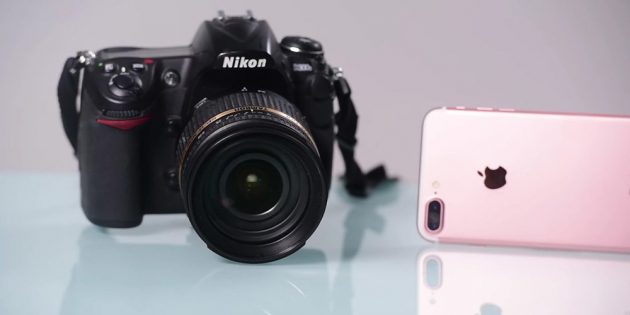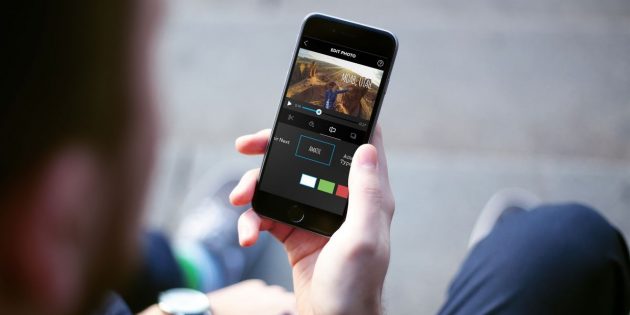
We do not part with smartphones almost 24 hours a day. During the day, the gadget is constantly in your pocket or bag. If necessary, in a matter of seconds we can get it and take a photo. Even at night, when it is unlikely that you will have to shoot something, the smartphone is nearby. But a regular camera even for professional photographers is not always at hand.
If you have the Internet, you can immediately share every picture on your smartphone camera with your friends by sending it in social networks, messenger or email. Some cameras can also boast of such functionality, but they usually work only via Wi-Fi, to which it is not possible to connect everywhere.

Unlike even a small soap dish, the smartphone does not require special transportation conditions. He does not need a special bag with soft seals, he easily fits in the pocket of trousers or jacket. Cameras are usually at least three times thicker than a classic smartphone, and these are the most compact of them.
The smartphone camera control interface is most often as simple and intuitive as possible. Even a user far from technology will be able to cope with it, because it requires only one tap on the screen to release the shutter.
In the case of a conventional camera for shooting in difficult conditions, you will have to master the mode switch, exposure adjustment, white balance and other settings.

On a smartphone, the resulting photo can be edited immediately by adding color or cropping unnecessary objects that have fallen into the frame. In conventional cameras, post-correction tools are extremely rare, and due to the lack of a touch screen, it may not be very convenient to use them.
*